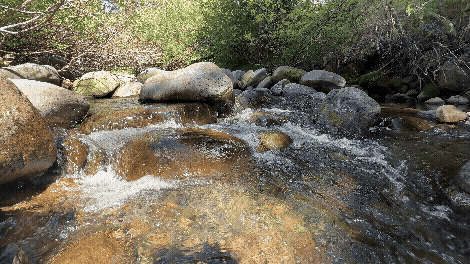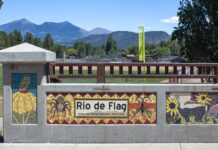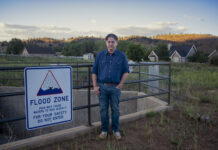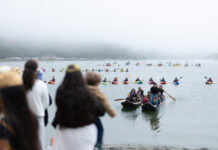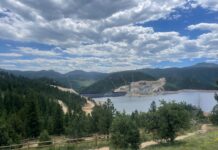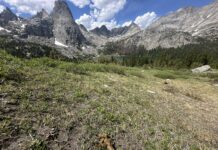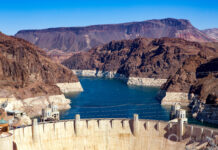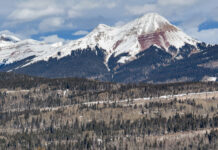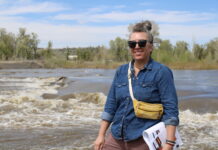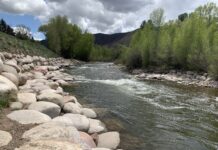When the West’s rivers surge each spring, older groundwater dominates the runoff
A better understanding of groundwater in the headwaters could improve streamflow predictions
With wildfire-prevention work, Flagstaff seeks to avoid the next devastating flood
FLAGSTAFF, Ariz. – Five large wildfires have burned tens of thousands of acres in the forests around this northern Arizona city in the last 15 years. Monsoon floods after...
As flames scorch western forests, Flagstaff area offers roadmap for post-wildfire flood prevention
FLAGSTAFF, Ariz. – In July 2022, for the second time in a month, the landscape above the Wupatki Trails neighborhood took a beating.
The first blow was the Pipeline Fire,...
Indigenous youths finish historic journey down Klamath River after dams removed
KLAMATH, Calif. — In a thick forest along the remote northern California coast earlier this month, a group of mostly young Indigenous kayakers pushed off into the clear-emerald waters...
As Gross Reservoir rises, Boulder County residents grapple with project’s legal turmoil
Pieter Strauss used to love hosting stargazing parties at his house in the Lakeshore Park neighborhood up Flagstaff Road southwest of Boulder. The hobbyist astronomer would fire up the...
Wyoming’s crowded Lonesome Lake tops EPA’s national survey for fecal contamination
LONESOME LAKE, WYOMING—Whit Coleman belly flopped with style into some of Wyoming’s most famous alpine waters on a summer day.
Out on a father-son backpacking trip with friends, the Salt...
Once a showcase of American optimism and engineering, Hoover Dam faces new power generation...
The long-term drying of the American Southwest poses a gathering and measurable threat to hydropower generation in the Colorado River basin.
Should Lake Mead, the reservoir formed by Hoover Dam,...
Q&A: Snow droughts imperil the American West’s water supply
A lack of snow impacts the West’s water resources, wildfire risk, recreational activities and ecosystem health.
When flows are low, river recreators seek out new allies and avoid making enemies
What used to be a calm stretch of the Yampa River near Craig, Colorado, now boasts a new set of rollicking whitewater rapids.
They’re not the result of some new...
Colorado communities have spent millions of dollars on whitewater parks. Are they worthwhile?
There’s an old catchphrase that Colorado kayak park proponents used in the early 2000s to sell the idea that keeping water in streams mattered just as much as water...



